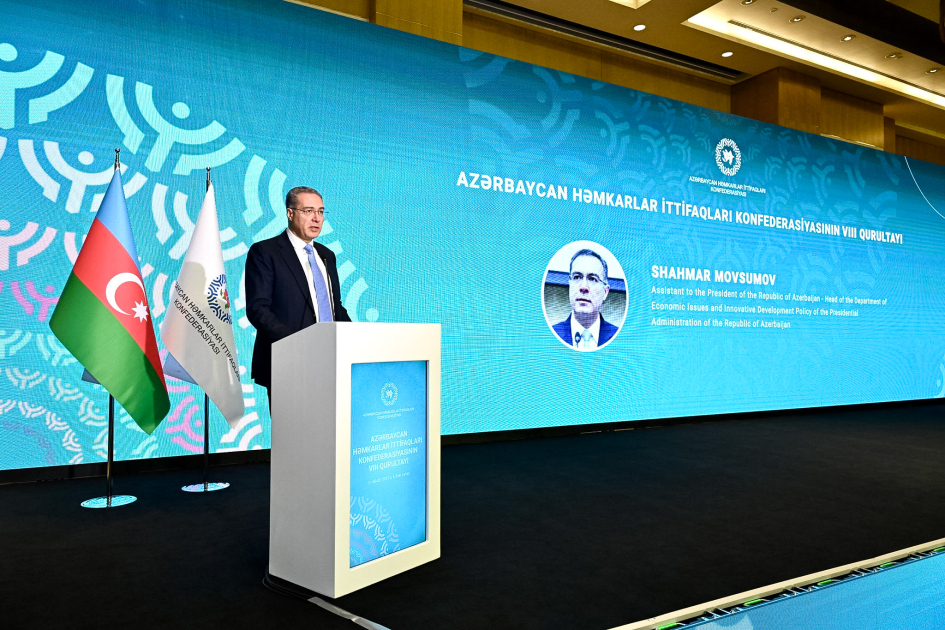Scientists are trying to learn more about how dance impacts the brain with a new field of study, dance neuroscience, according to Independent.
With increasing evidence pointing to a positive connection between dance and the brain, scientists are now pursuing dance neuroscience as a legitimate field of study. For decades, researchers have used dance as therapy for those with neurological disorders.
It’s only recently that scientists have attributed dance’s positive impact on the brain – from motor function to mental wellness – to a series of complex neural mechanisms that Julia C Basso, director of Virginia Tech’s Embodied Brain Laboratory, hypothesized as “intra-brain synchrony”. She and her team’s research indicates that dance doesn’t just activate different areas of the brain, but also sparks communication, strengthening internal neural networks.
“When we talk about ‘getting on the same wavelength’ – that’s basically what’s happening,” she told The New York Times, adding that dance enhances the body and brain’s ability to be completely in tune to the point where there is “a seamless connection between the thinking part and the feeling part and the moving and sensing part”.
With neurological disorders like Parkinson’s and Alzheimer’s leading to the breakdown of existing neural pathways, researchers note that dance can enhance the brain’s ability to form new connections and create new neural pathways. Mark Morris Dance Center’s Dance for PD has offered specialized classes for people with Parkinson’s disease for almost 20 years, finding that the movement was effective for treating patients long before scientists could connect the dots.
“In Dance for PD, what we’re really doing is ‘re-music-ing’ the body,” David Leventhal, the program director and a founding teacher of Dance for PD, told theTimes. Recently, Leventhal has also co-authored scientific papers about Parkinson’s and dance. “Music denotes a beat, it denotes a quality, it denotes phrasing – it’s basically a road map for people to move.”
Since the basal ganglia – the region of the brain responsible for motor control and rhythm processing - is primarily affected by Parkinson’s, researchers have found that dance can help those with the disorder find their rhythm again. Dance can help them combat difficulties with speech and gait by creating neural pathways, and enhancing communication that was broken down by the disorder. At the Mark Morris Dance Center, choreography uses music as a road map to help patients get a handle on simple walking steps and upper-body movements.
The brain synchronicity found via dance may be an evolutionary adaptation, according to researchers. This ability to synchronize rhythm and sounds is often found in animals called “vocal learners”, including dolphins and parrots. This subset of species can reproduce the patterns of a musical beat with their bodies, much like humans can do with dance.


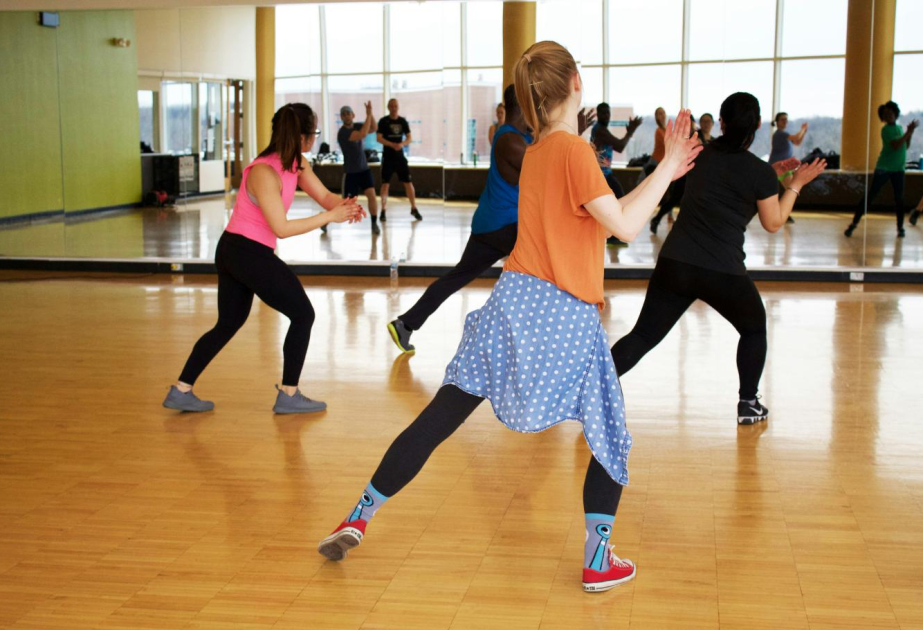


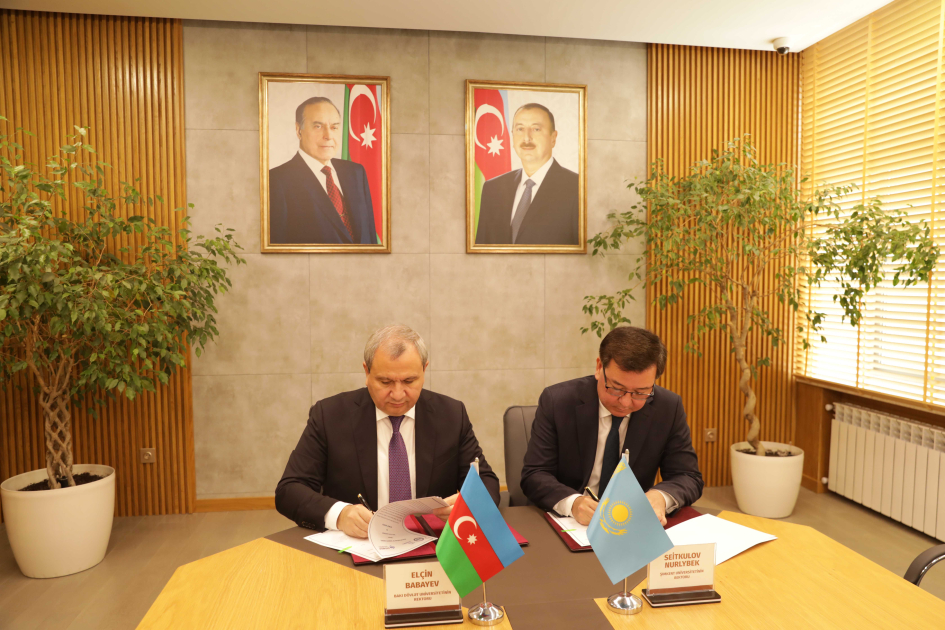
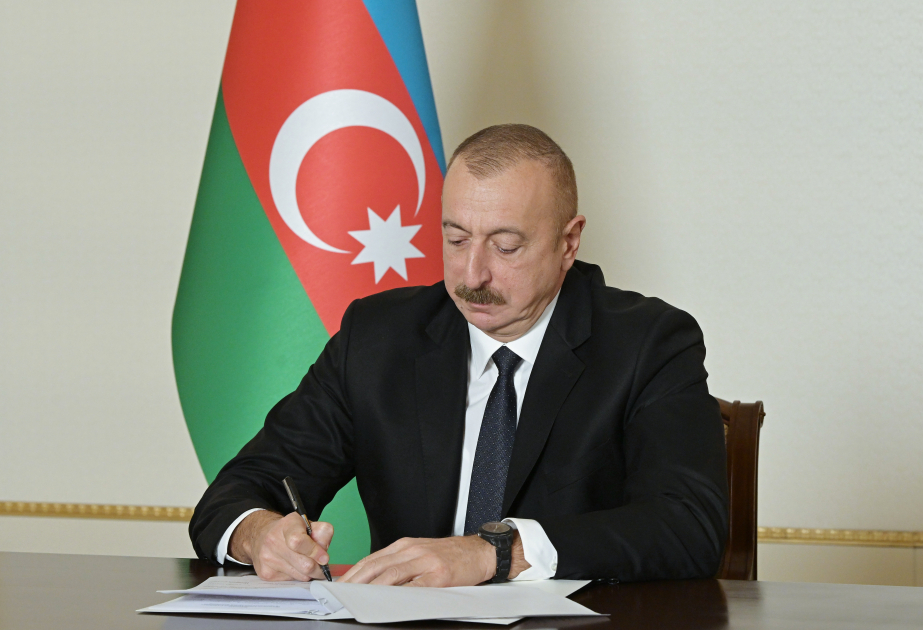
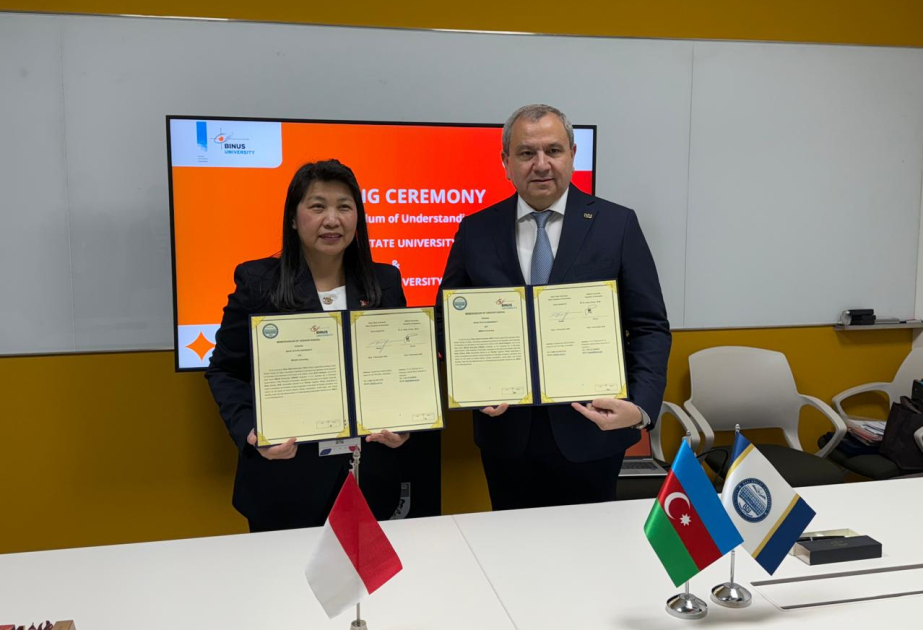
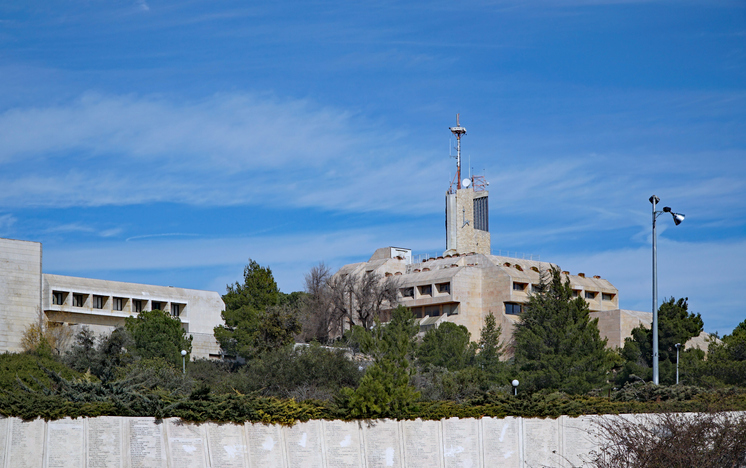
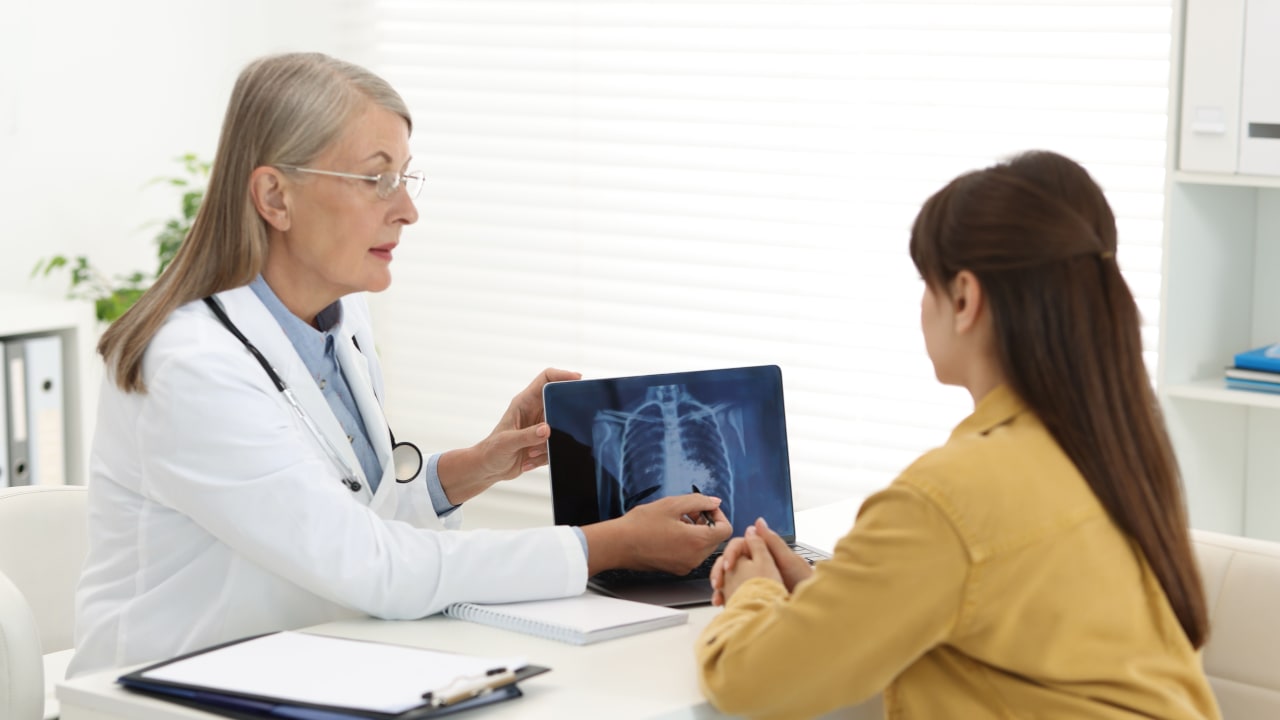

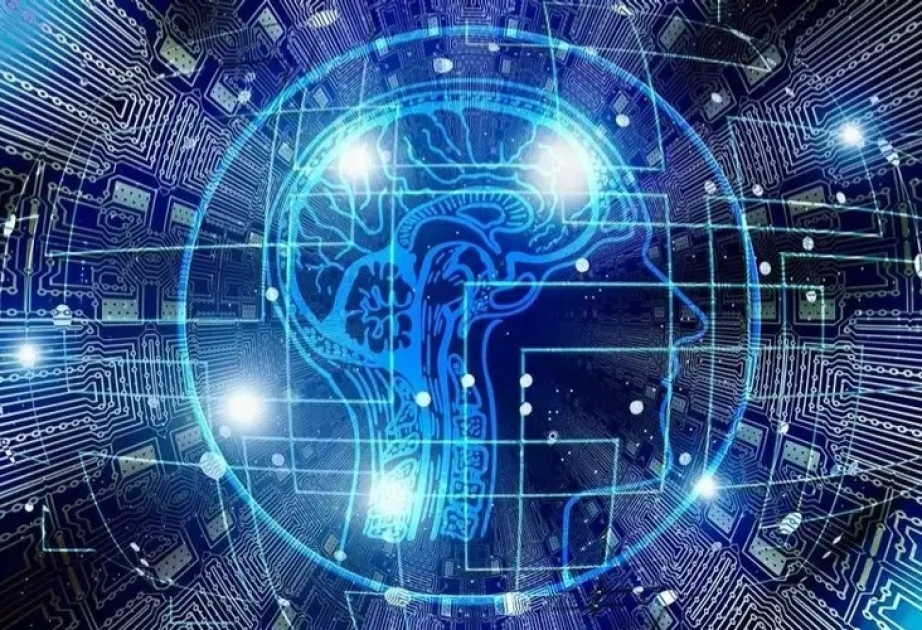



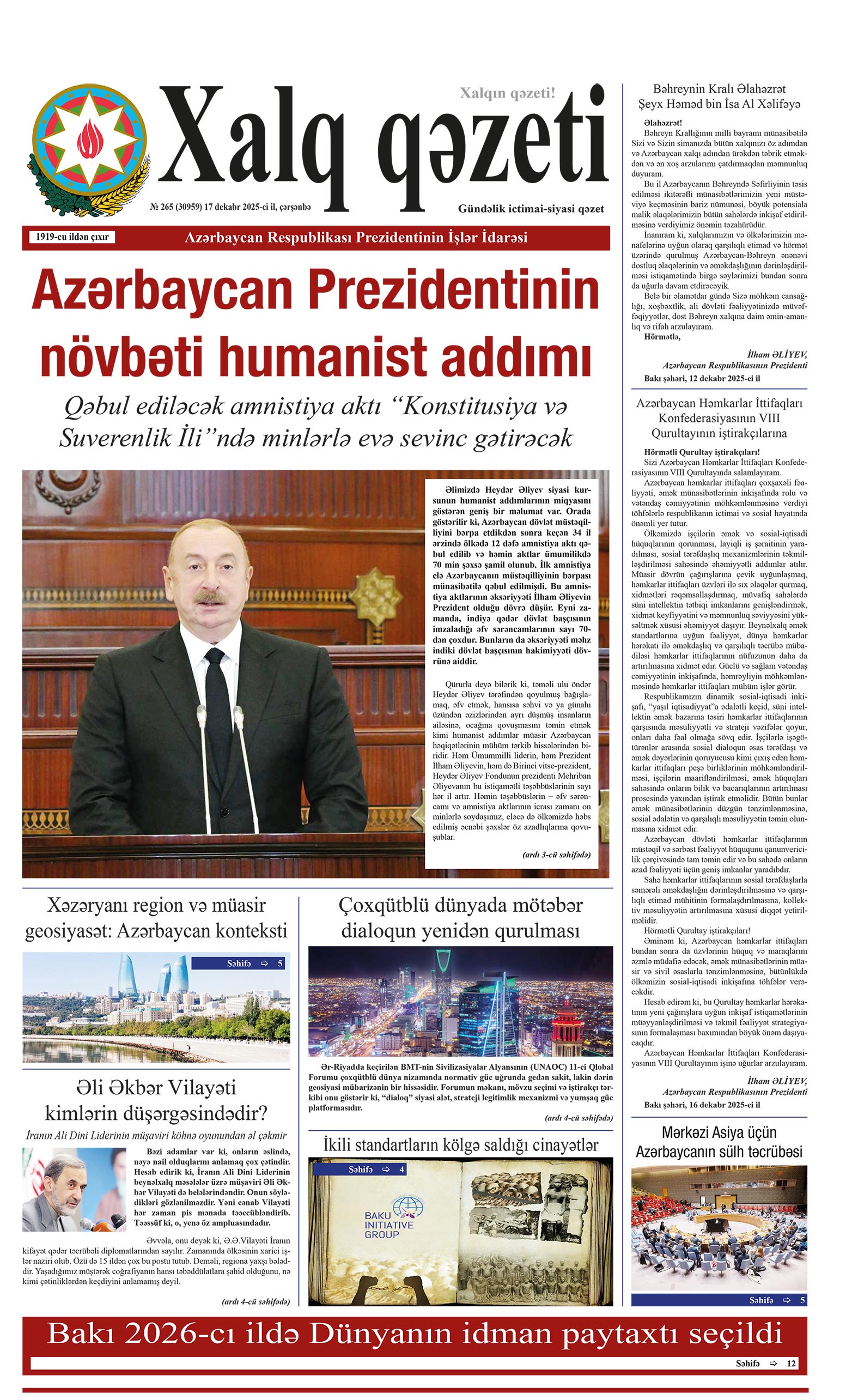

.png)


